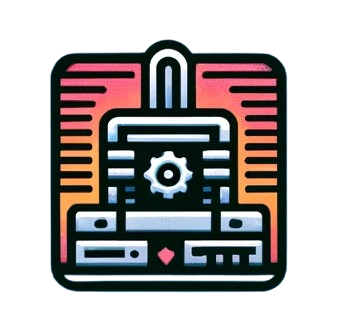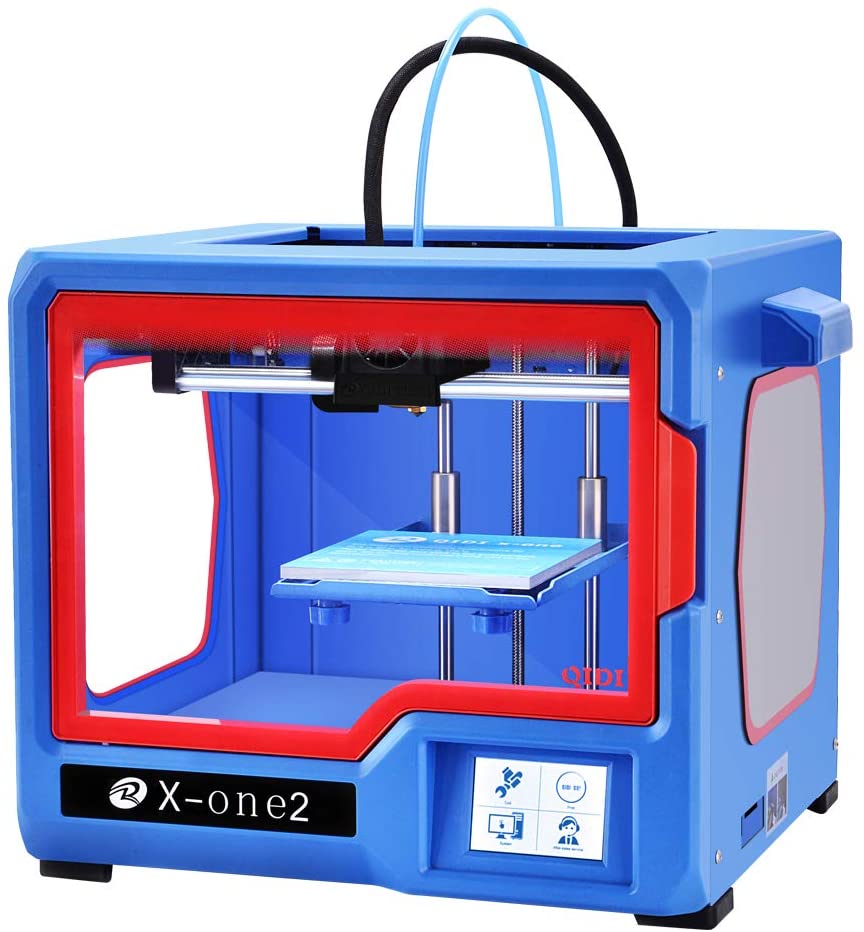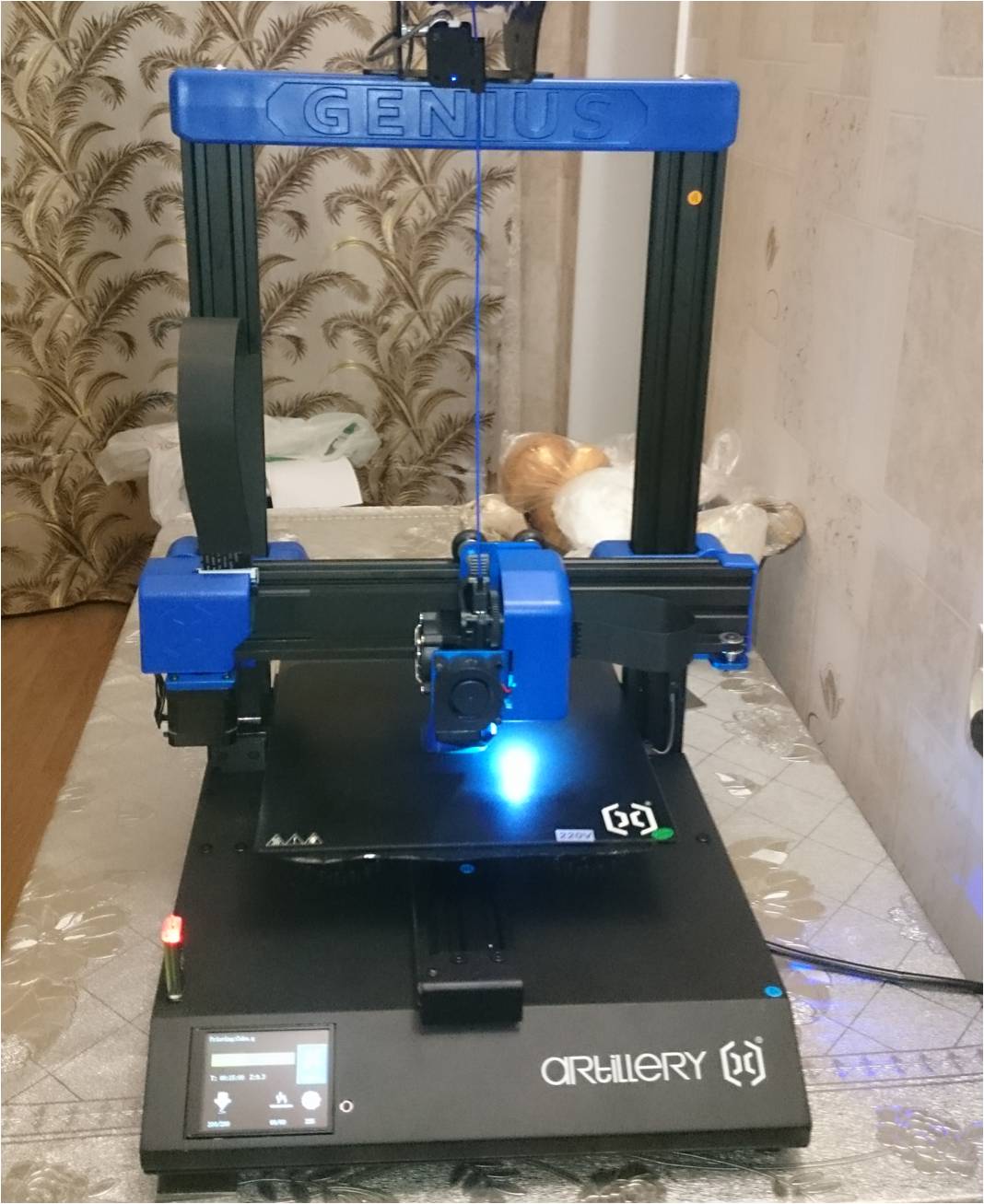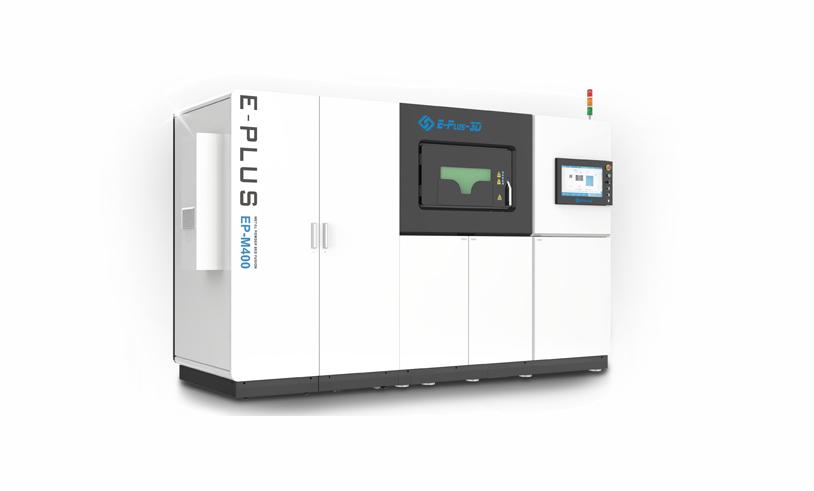Description of the 3D printer "PrintBox3D One"
PrintBox3D One is an extremely compact desktop printer of Russian design. Despite its small dimensions, 320x360x390mm, the device is capable of printing objects sized 185x160x150mm from a wide range of materials, including ABS, PLA, and PVA plastics. The minimum thickness of the applied layer is 50µm. The extruder nozzles have a diameter of 0.15 or 0.3mm. Russian versions of Repetier Host/Cura software are used.About the "PrintBox3D One" Printer
One of the most capable Russian 3D printers is considered to be the PrintBox3D One, produced by RGT. The device was developed by engineers with extensive experience in using Numerically Controlled (NC) machines, and this is evident in the design. PrintBox3D One might not look fancy, but that's just because the developers focused on achieving maximum functionality, leaving the appearance as a secondary consideration. Even the existing casing is deceptive—it is made of aluminum composite, but is only used in the cladding. The load-bearing frame, guides, and work platform are made entirely of metal—no plastic or plywood. As a result, a strong, durable construction is created that is not subject to shaking. Even the composite side panels were clearly installed not to improve the appearance (there's nothing particularly attractive about them), but to strengthen the design.
The PrintBox3D One construction is not particularly visually appealing, but it stands out for its high strength and stability.In general, the appearance of the PrintBox3D One leaves the impression of being not a household 3D printer, and not even a pure printer at all, but rather a small multi-functional machine. It turns out that this is not accidental—immediately after the PrintBox3D One was released for sale, the developers announced the imminent release of a milling attachment. Add here the ability to drill and perform laser cutting, and you'll have a full-fledged multifunctional machine on your workbench. But as wonderful as versatility may be, let's take a closer look at the main function of the device—3D printing.
The metal extruder is made of aluminum and brassThe PrintBox3D One is equipped with a single extruder. This means that there is no ability to print with different materials or colors simultaneously. But is this really a big drawback? It's better to be able to print well with one material than poorly with two. And the PrintBox3D One prints excellently. The developers claim a minimum layer thickness of 50µm—a level comparable to professional printers. Positioning accuracy in the horizontal plane reaches +-20µm – thanks to the high strength of the construction, which counteracts play. The print area size is also quite good, especially given the modest overall dimensions of the printer, and reaches 180x180x160mm. At the same time, the device has quite high performance—up to 30cm³ per hour. Although everything depends on the nozzle, and the choice is quite rich: recently offered nozzles of 0.1mm, 0.2mm, 0.3mm or 0.5mm in diameter. The smaller the diameter, the higher the printing accuracy, but the lower the productivity.
One of the obvious advantages of the PrintBox3D One is the ability to print a wide variety of thermoplastics—PLA, ABS, PVA enumerated by the manufacturer, along with "others." Under "others," nylon and polycarbonate may well be implied, not to mention any composite material with a polymeric filler. The printer's specifications allow for experimentation.
The problem with the most popular plastics, PLA and ABS, is that they have directly opposite properties and printing requirements. PLA plastic is environmentally friendly and safe, but not very durable. ABS is strong and wear-resistant, but emits toxic fumes—though not in lethal doses, the smell is unpleasant. PLA melts easily, but takes a long time to solidify, requiring fairly rapid cooling of the applied layers to prevent model deformation. ABS requires a higher temperature mode and a slow solidification to avoid deformations during "shrinkage" (the cooling model slightly decreases in volume).
A set of three fans allows for rapidly cooling printed layersThe PrintBox3D One addresses conflicting requirements by heating the platform when printing with ABS plastic and by blowing PLA models with an array of three fans. The platform is self-explanatory—a thick 4-millimeter aluminum construction with a flat heating element rated at 300W and a maximum temperature of 150°C for quick and uniform heating. This minimizes the possibility of deformation of the first layers of the model—curling can lead to the model being pulled off the platform by the nozzle. The array, however, is quite original. Although such a solution is used in other printers, we have not yet come across three fans at once. If their power is insufficient for rapid cooling of layers, it is best to slow down the printing speed—slower, but more reliable. Fortunately, the software allows you to do this. By the way, rapid solidification can help save consumables—PrintBox3D One developers assure that it is possible to print overhanging elements at quite large angles, which means less need for printing supports.
The PrintBox3D One allows for printing Yoda's ears without plastic supportsAnother pleasant feature is the filament feed mechanism—a reducer and two rollers that firmly grip the rod from the sides and pull it with enviable force. It is possible to not worry about rather common filament overlapping in spools. The extruder itself heats up to a maximum of 300°C for printing plastics with a high melting temperature—this is insufficient for nylon but approximately sufficient for polycarbonate. The extruder casing is held together by four screws. Disassembly for cleaning in case of blockage does not present any significant difficulties.
Repetier-Host - standard software for the PrintBox3D OneAnother interesting feature is the use of Repetier-Host software, a popular and capable software. Many manufacturers prefer to use Repetier as a basis, developing their own versions of the program and cutting it back in many features for the sake of supposed ease of use. In fact, the original Repetier is already known for its convenience, and the assorted array of settings, although daunting, will only benefit those who want to extract as much as possible from a 3D printer. In addition, Repetier is compatible with all popular operating systems (Windows, Mac, Linux) and is fully localized in Russian.
Arguably, the only serious shortcoming of the PrintBox3D One is the absence of a memory card reader, which excludes the possibility of autonomous printing and leaves the process vulnerable to computer glitches. The slightly large weight of the small device cannot be considered a disadvantage, as this is the price for the durability achieved through the generous use of aluminum.
Lastly, it is worth noting the advantage of local service support, which is a characteristic feature of domestic production printers. The manufacturer offers maintenance service, spare parts, and a one-year warranty.
Reviews and Owners' Reviews
- Why PrintBox3D ONE:View
| Purpose | Personal |
| Country | Russia |
| Manufacturer | PrintBox3D |
| Technical Specifications | |
| Printing Technology | Fused Deposition Modeling (FDM/FFF) |
| Number of Print Heads | 1 |
| Build Area, mm | 185x160x150 |
| Print Speed | 30 cm3/hour |
| Platform | With Heating |
| Consumables | |
| Material Types | Plastic |
| Materials | ABS Plastic PLA Plastic PVA Plastic |
| Filament Diameter, mm | 1.75 |
| Dimensions | |
| Dimensions, mm | 320x360x390 |
| Weight, kg | 10.5 |
Printer Pricing
"PrintBox3D One" price listing
-
Amazon 10% Off
Buy "PrintBox3D One" printer on Amazone
$320 -
eBay used brand new
Buy "PrintBox3D One" printer on eBay
$???





There can be your clear opinion about PrintBox3D One